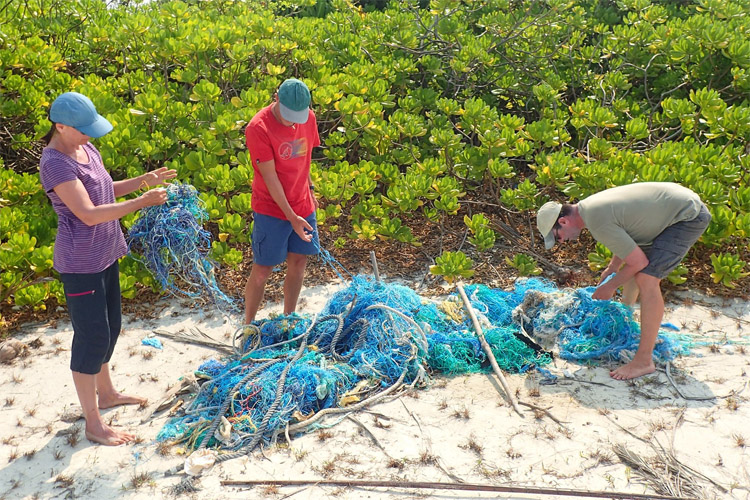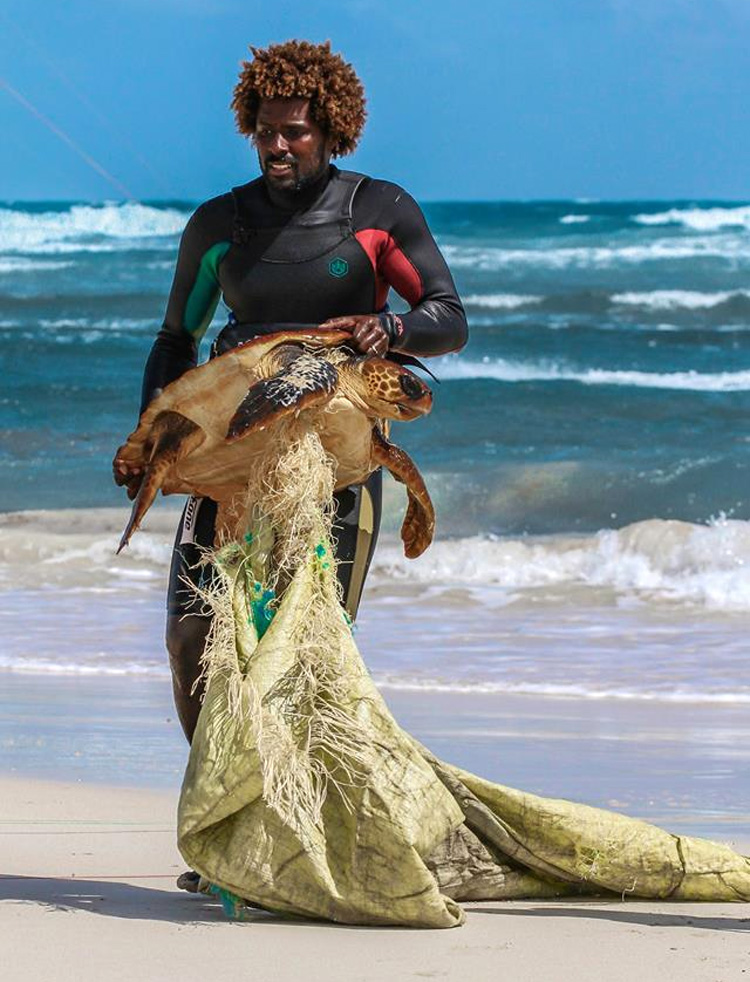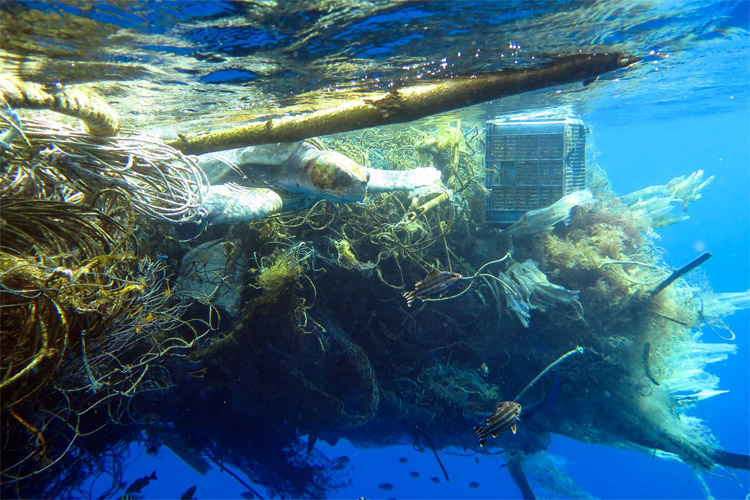Ghost nets are abandoned, lost, or discarded fishing nets made from synthetic fibers that are left drifting in the world's oceans.
These silent killers can travel vast distances and are difficult to track.
Ghost nets will entangle and eventually kill marine creatures like sea turtles, dolphins, fish, sharks, seabirds, whales, and other living creatures.
Today, ghost nets are a global threat to marine life. Not only do they restrict the natural movement of sea animals, but they can also lead to starvation and suffocation.
Although forbidden in many countries or severely restricted in others, gillnets represent one of the worst types of ghost nets. They're durable, dense, and can easily entangle creatures.
The Maldives, for example, has prohibited any form of net fishing within its exclusive economic zone.
But there are more examples of ghost nets populating our oceans. Crab traps, drift nets, deep-sea trawl nets, purse seines, and lobster pots are also responsible for the death of millions of sea animals.
Ghost nets can also spread disease, parasites, and invasive species to reef environments.

Intentional and Unintentional Practices
Commercial fishing nets may become ghost nets when they're not well secured to marker buoys and sink or when currents and tides push them during storms and extreme weather conditions.
Nets can also be lost by accident after being cut in half by a boat's propeller, rocks, or other obstacles, or intentionally when fishermen need to quickly return to port due to equipment malfunction or bad weather.
Unfortunately, and in most cases, uneducated people dump old or damaged fishing nets into the ocean without realizing the impact they will have on the ecosystem.
It is always easier to get rid of useless and discarded fishing gear by throwing it in the ocean but, ironically, the death or contamination of fish will, sooner or later, end up ruining the fishermen's lives.
In fact, ghost nets are slowly killing species with economic value and damaging the boats of those who earn their main source of income from rich fishery areas.
The on and offshore cleanup costs are also expensive and impact tourism activity. Ghost nets can even threaten recreational divers in idyllic snorkeling and scuba spots.
According to marine specialists, it is estimated that ghost nets account for 10 percent of all trash floating in the world's oceans.
However, it is impossible to quantify the number of sea creatures that have already died after being entangled in ghost nets since counts rely on sightings of deceased animals.

The Death Cycle
Ghost nets can become a nearly endless killing machine. While floating on the surface of the ocean, they will trap marine creatures.
Some of them will die and contribute to the sinking of the nets to the bottom of the sea.
With the decomposition of the dead caught fish, the ghost nets will resurface, and the process will repeat indefinitely over time.
The good news is that there are already companies developing biodegradable fishing nets that will rot away underwater after a certain period.
Fishing nets made from coconut fiber, also known as coir, are strong and resist well to saltwater.
There are several non-governmental organizations trying to prevent, detect, and collect ghost nets. The Olive Ridley Project and Ghost Fishing are actively working to spread this marine plague.
Are you willing to help? Make sure to catch any abandoned fishing net you may find at your local beach. And, whenever possible, support fish brands that adopt sustainable fishing practices.
Remember that every act helps in the effort to conserve the health of our oceans.
